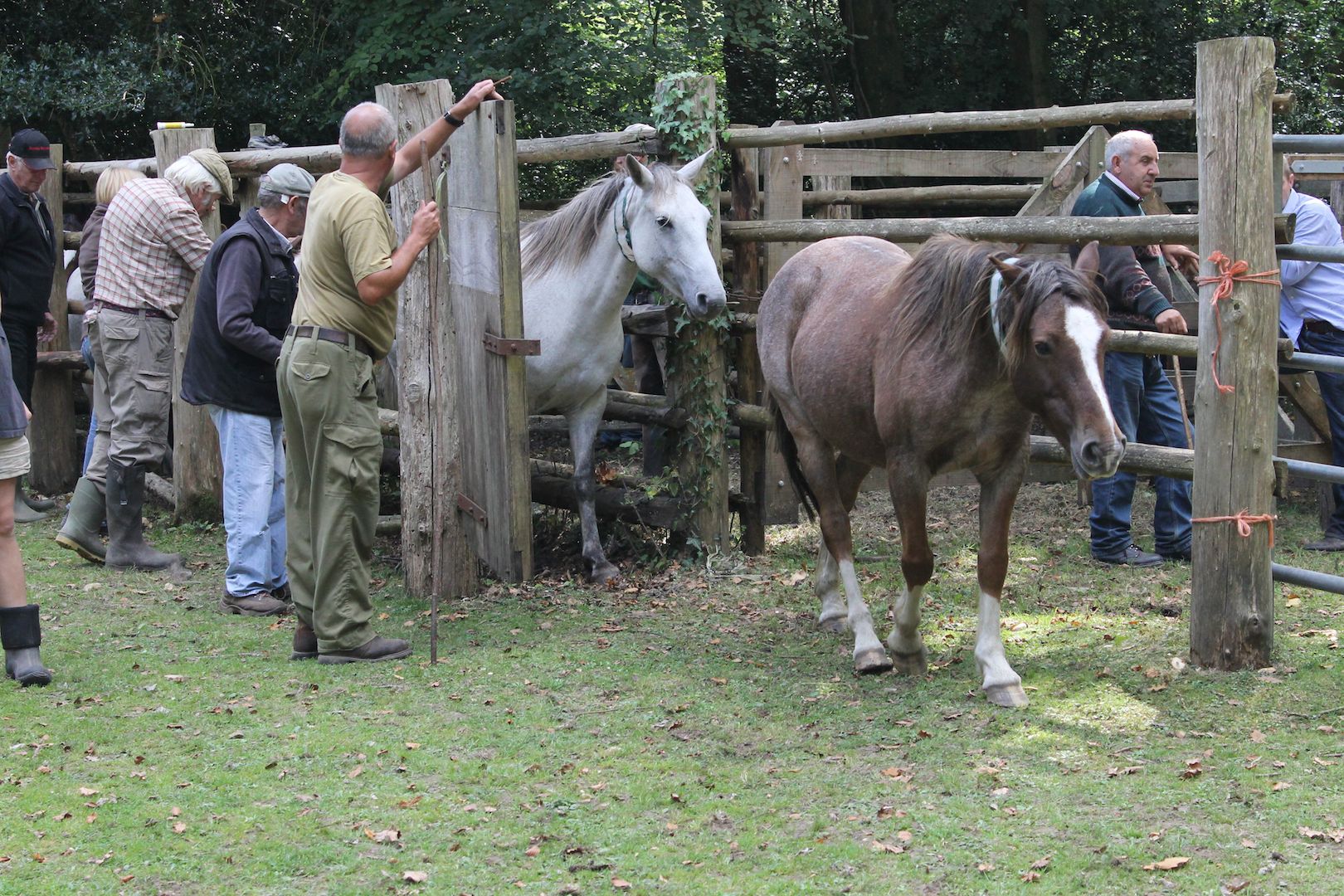
The practice of commoning, which has existed uninterrupted for over a thousand years, is still the dominant influence over the Forest’s ecology, economy and community.
In the last few weeks it has been my absolute pleasure and privilege to be invited into the homes of several long-established commoning families and spend time in their company. Congregating in the kitchen seems to be the standard practice, where a never-ending supply of tea or coffee is served, often amongst a noisy confusion of adults, children and animals. A surreptitious glance around the room usually reveals a number of rosettes and trophies from local, county, or even national livestock or horse shows; and photos of children with beaming smiles, sat on their New Forest ponies – images often spanning several generations – are found on every surface. The evidence of a life lived close to livestock is usually present, provided in the form of stacked tubs of calf milk-formula or large sacks of farm animal feed in the porch; or coat racks that also contain pony bridles and head-collars, as well as the standard waterproof coats and hats. The life of a commoner is never dull and visitors can often find themselves roped in to help with chores, such as herding cattle into new pasture or holding ponies for the farrier, to earn their cuppa. When at last everyone is comfortably seated, with a mug in one hand and, perhaps, a biscuit or slice of cake in the other, everyone relaxes and the conversations become a mix of topical Forest issues, discussions about stock management, and general gossip.
Inter-generational exchanges
I find myself listening intently to the inter-generational exchanges of the commoners and realise that just being in such an atmosphere provides education by osmosis, where knowledge and information about commoning is imparted and assimilated through a gradual and unconscious process. Conversations about people who have lived in the New Forest are just as likely to include many of the animal residents too. Talks about who married who, how many children they had, and where they all lived, are mingled just as easily with discussions about pony pedigrees and stallion bloodlines. The management and conservation of the Forest is also a topic of conversation, as many of the commoners, particularly in former times, will have worked in agriculture or forestry and have an affinity with the landscape – much of which is passed down to the next generation. It never ceases to amaze me just how knowledgeable the young commoners can be about the ecology of the Forest. These are children who can identify and confidently explain about many of the trees, plants, insects and animals that live in their neighbourhoods. Commoning then, it seems to me, does so much more than preserve the ancient landscape through the use of traditional pastoral methods, such as depasturing livestock; it also keeps alive the practices of a close-knit community, maintains inter-generational ties, and monitors neighbourhoods that are home to non-human residents too. In a world filled with digital devices that enslave people to the Internet, it is comforting to know that such natural connections have not been lost.

The free-roaming New Forest ponies are an important part of the commoning community.


You must be logged in to post a comment.